
By Dr. Vivek G. Vasoya, MD (Homoeopathic Psychiatrist & Psychotherapist)
💔 The Cycle of Pain: Understanding Emotional Wounding
In the quiet corners of our minds, behind anger, criticism, and cruelty, often lies an invisible pain. It is a pain so deep, so enduring, that it gets passed on—like a hidden contagion of suffering. One of the deepest truths I have encountered in both clinical practice and human life is this:
Hurt people, hurt other people.
This phrase is not an excuse. It is not a justification. Rather, it is a lens of compassion through which we can begin to understand ourselves and others. It urges us to explore the unspoken sorrows that shape destructive behavior.
🔍 Why Do the Wounded Become the Wounders?
Psychologically, when a person has experienced emotional neglect, trauma, betrayal, or humiliation, they may develop internalized beliefs:
“I am not lovable.”
“The world is unsafe.”
“If I don’t protect myself, I’ll be destroyed.”
Without healing, these beliefs fester into reactive behaviors: aggression, control, emotional coldness, sarcasm, or even emotional abuse. These are defense mechanisms, not character flaws.
In homeopathy, we match these responses with remedies like:
Staphysagria: The deeply humiliated person who suppresses anger until it bursts.
Anacardium: The split between good and evil, often from childhood cruelty or neglect.
Nux vomica: A hardened, ambitious personality who lashes out to maintain control.
All of these are not “bad people”—they are unhealed people acting from pain.
🧠 The Psychological Cost of Unhealed Hurt
When unresolved, emotional wounds don’t vanish. They become:
Projection: Seeing others as the enemy.
Repetition compulsion: Subconsciously recreating painful dynamics (e.g., abusive relationships).
Emotional numbness: The inability to feel empathy, leading to cruelty.
As a psychotherapist, I’ve seen many cases where the most toxic behaviors stem from early emotional starvation. A child who never felt safe grows into an adult who threatens safety. A teenager shamed for emotion becomes a parent who silences their child’s feelings.
🧘 Healing the Chain Reaction
Healing begins with awareness and ownership:
Recognize your wound: What hurt you? Where did you learn to numb or attack?
Break the pattern: Choose not to pass on the pain. This may mean seeking therapy, support groups, or reflective solitude.
Cultivate inner compassion: Just as you would console a hurt child, bring softness to your inner landscape.
Homeopathy as a Healing Tool:
In my practice, I use constitutional remedies to catalyze emotional transformation. The remedy doesn’t suppress pain—it surfaces it gently, making healing possible:
Natrum muriaticum for the person who smiles but never trusts.
Pulsatilla for the soul that clings, having been abandoned too early.
Lachesis for the heart that strikes before it’s struck.
Homeopathy, when guided wisely, speaks to the wound behind the behavior—not just the behavior itself.
🌱 A Personal Note
You may be reading this as someone who’s been hurt, or as someone struggling not to hurt others. Maybe both. Please know:
You are not your wounds. You are the light behind them.
It is possible to end the chain, to become a space of healing, not repetition.
In the silence of honest introspection, in the rhythm of mindful breath, and in the grace of the right remedy or therapeutic space, healing unfolds—not as a miracle, but as a return to who you were before you were hurt.
✨ Final Words
“Hurt people hurt other people” is a truth—but healed people heal others too. Choose to be the latter. Your healing is not selfish—it is your most generous act.
By Dr. Vivek G. Vasoya, MD
(Homoeopathic Psychiatrist & Psychotherapist)

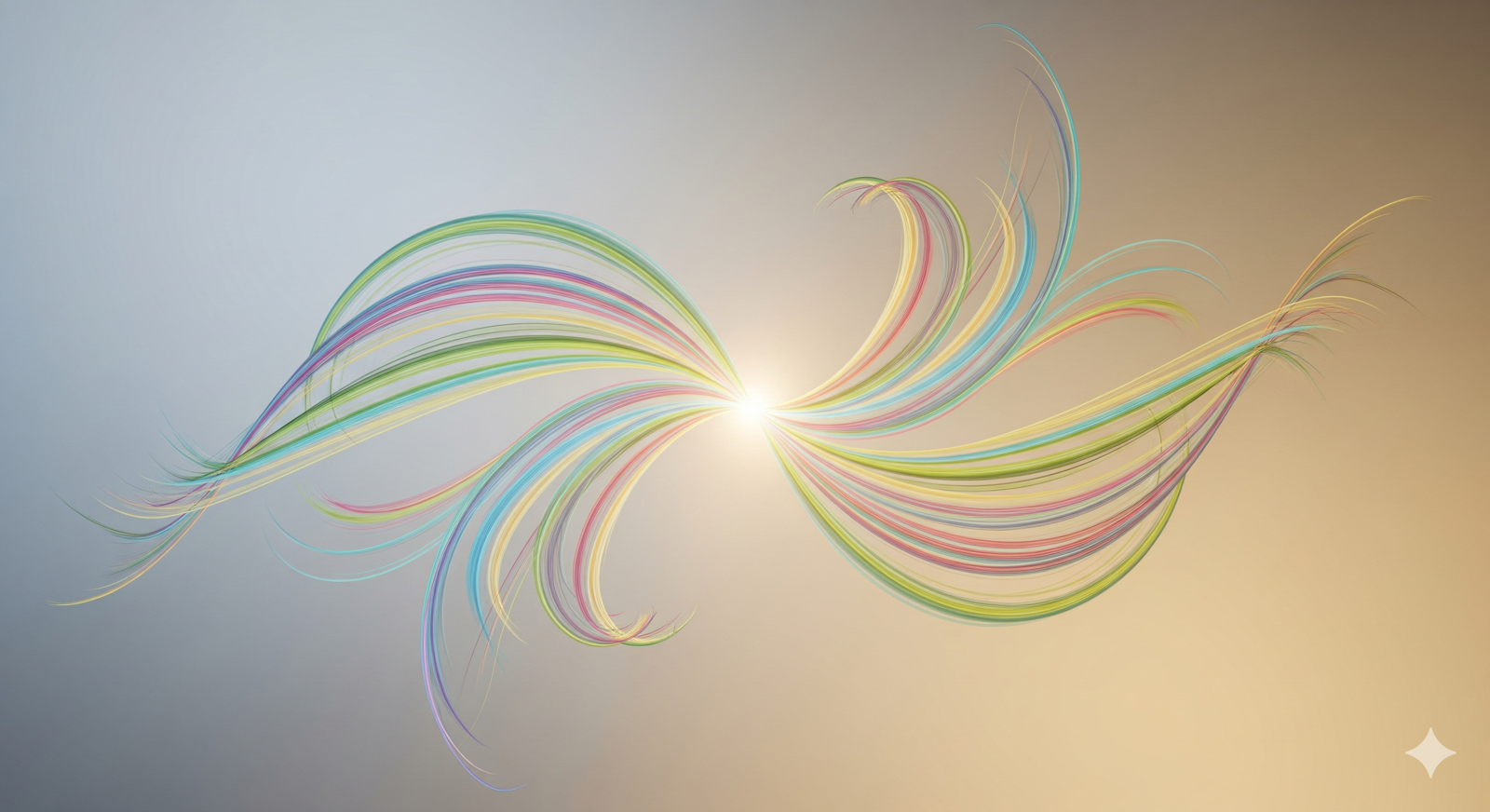
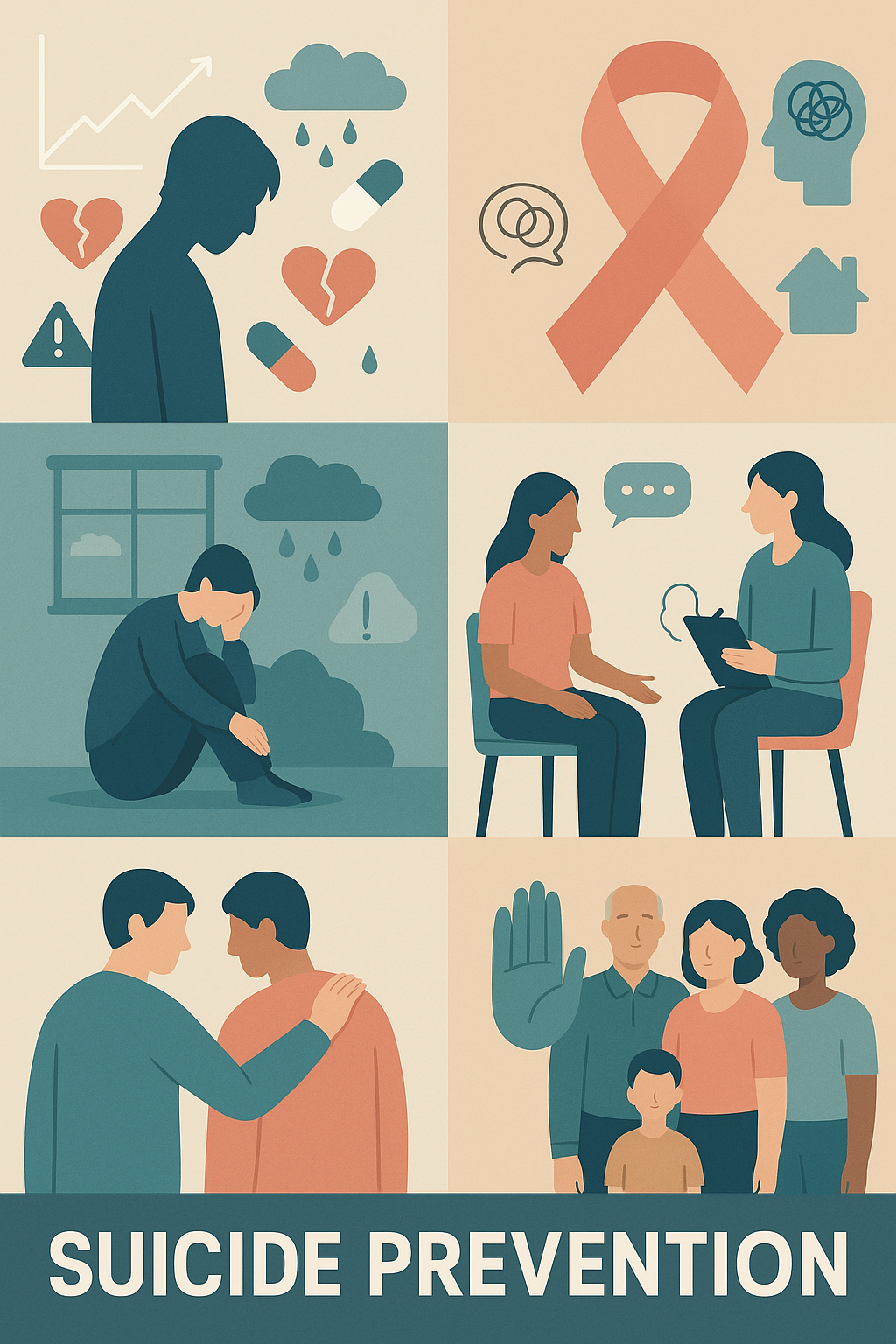
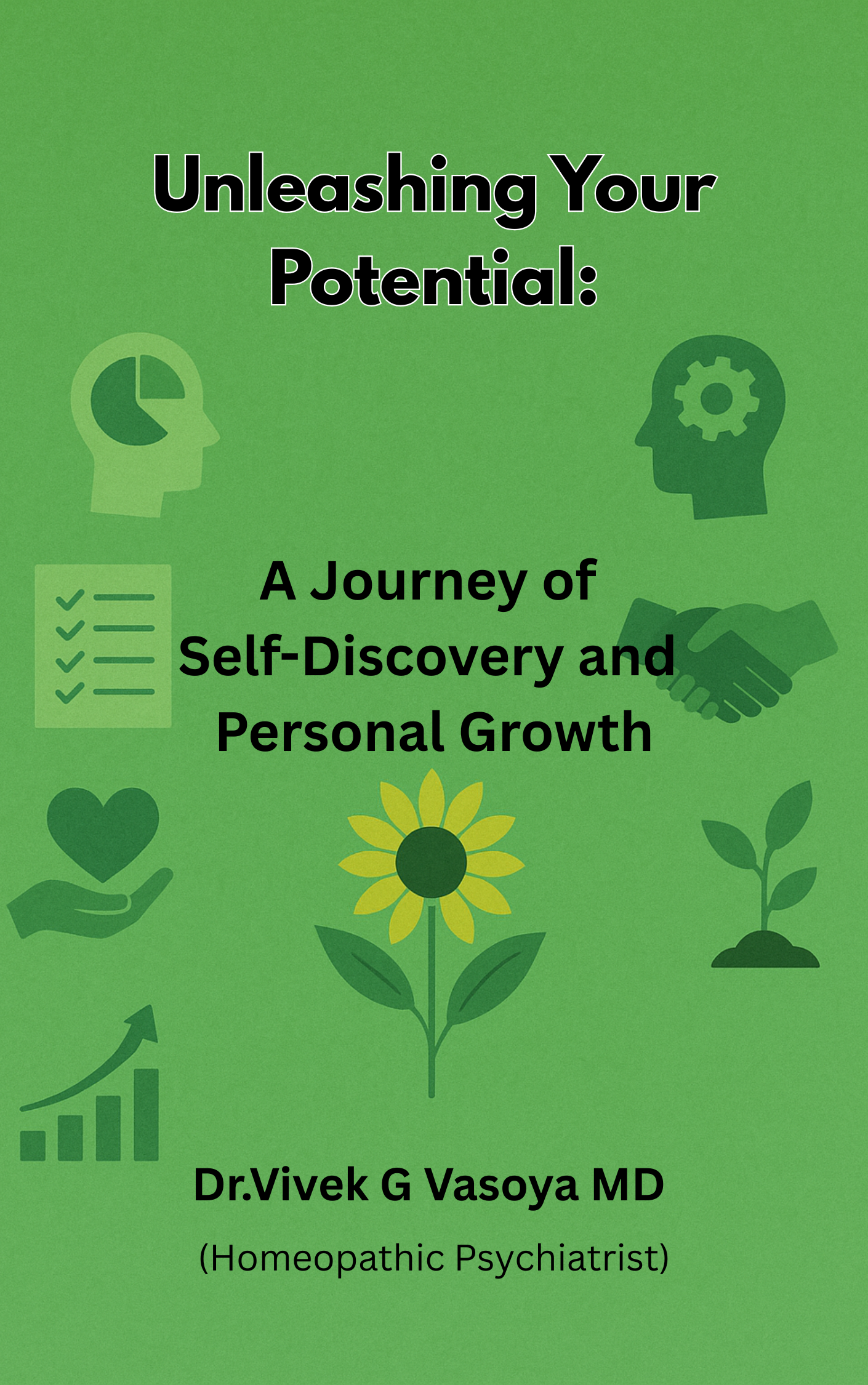
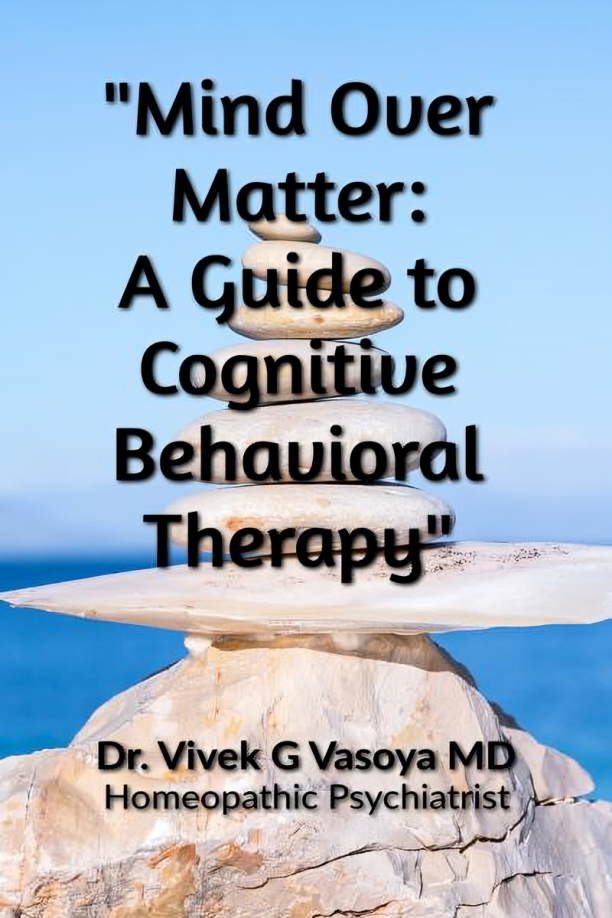
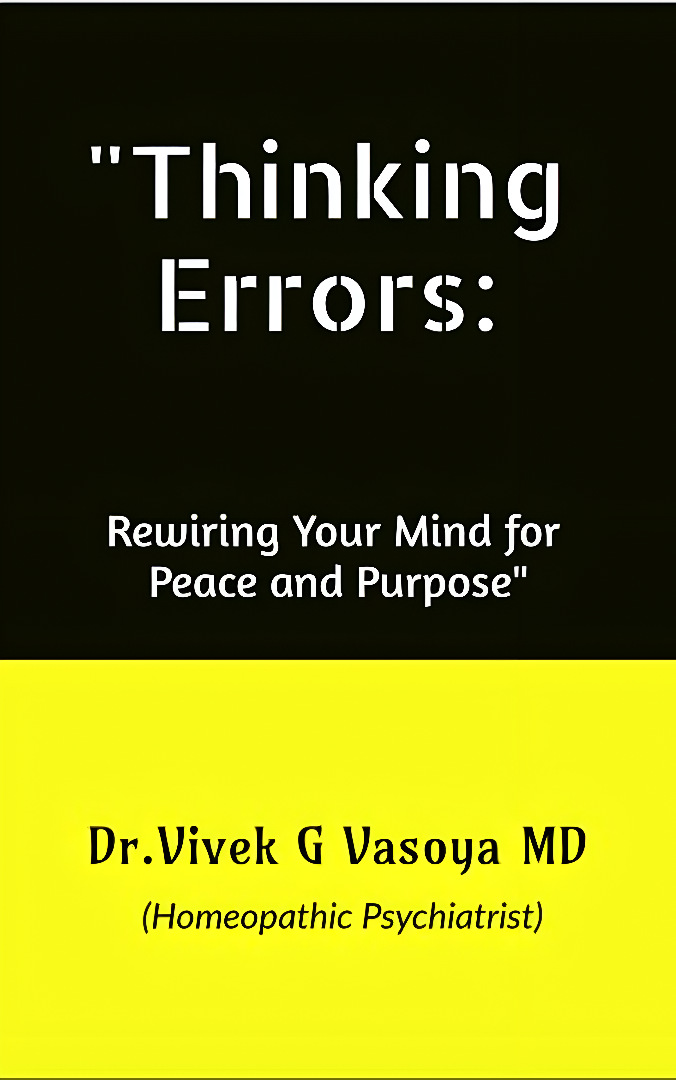
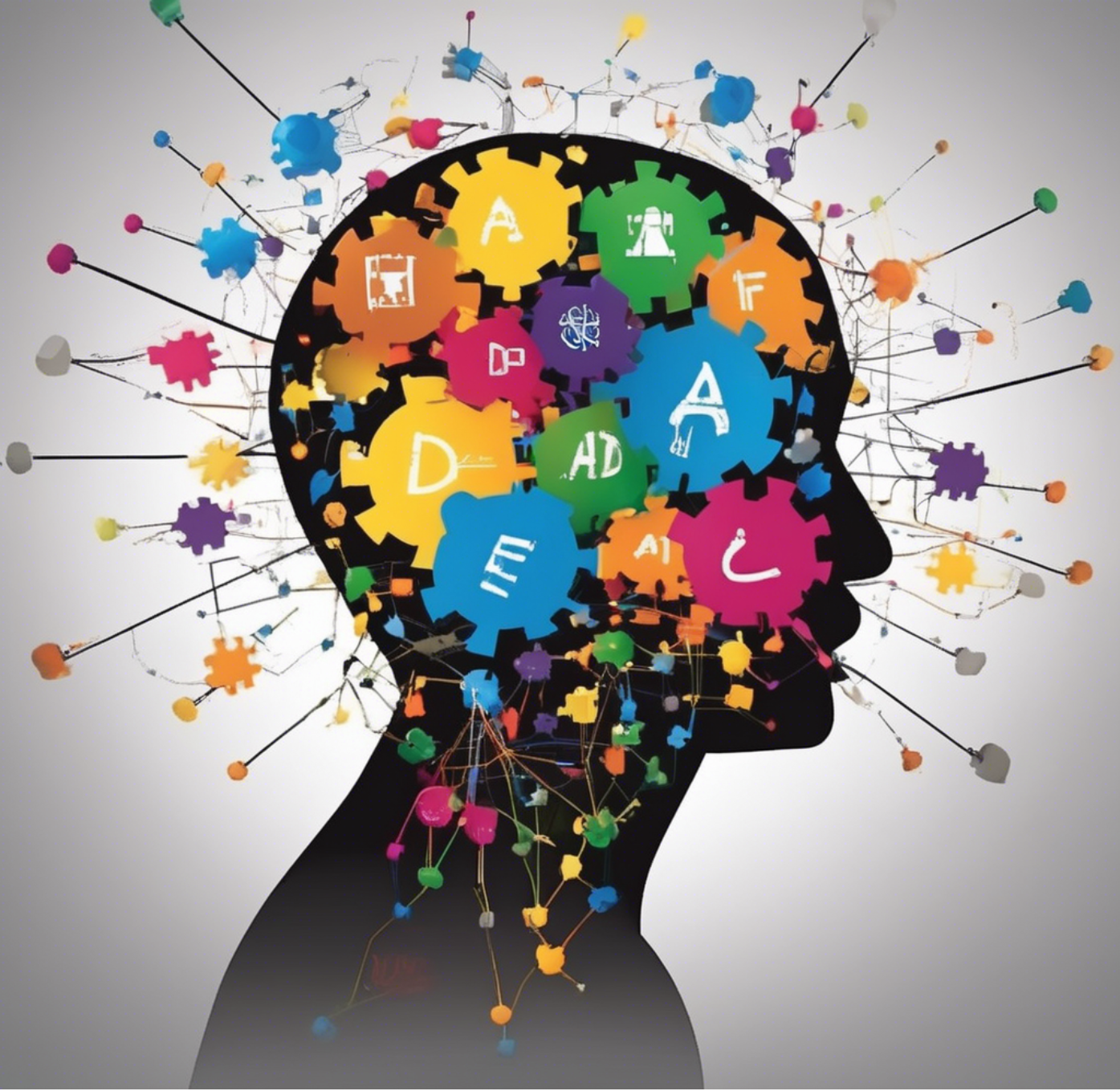
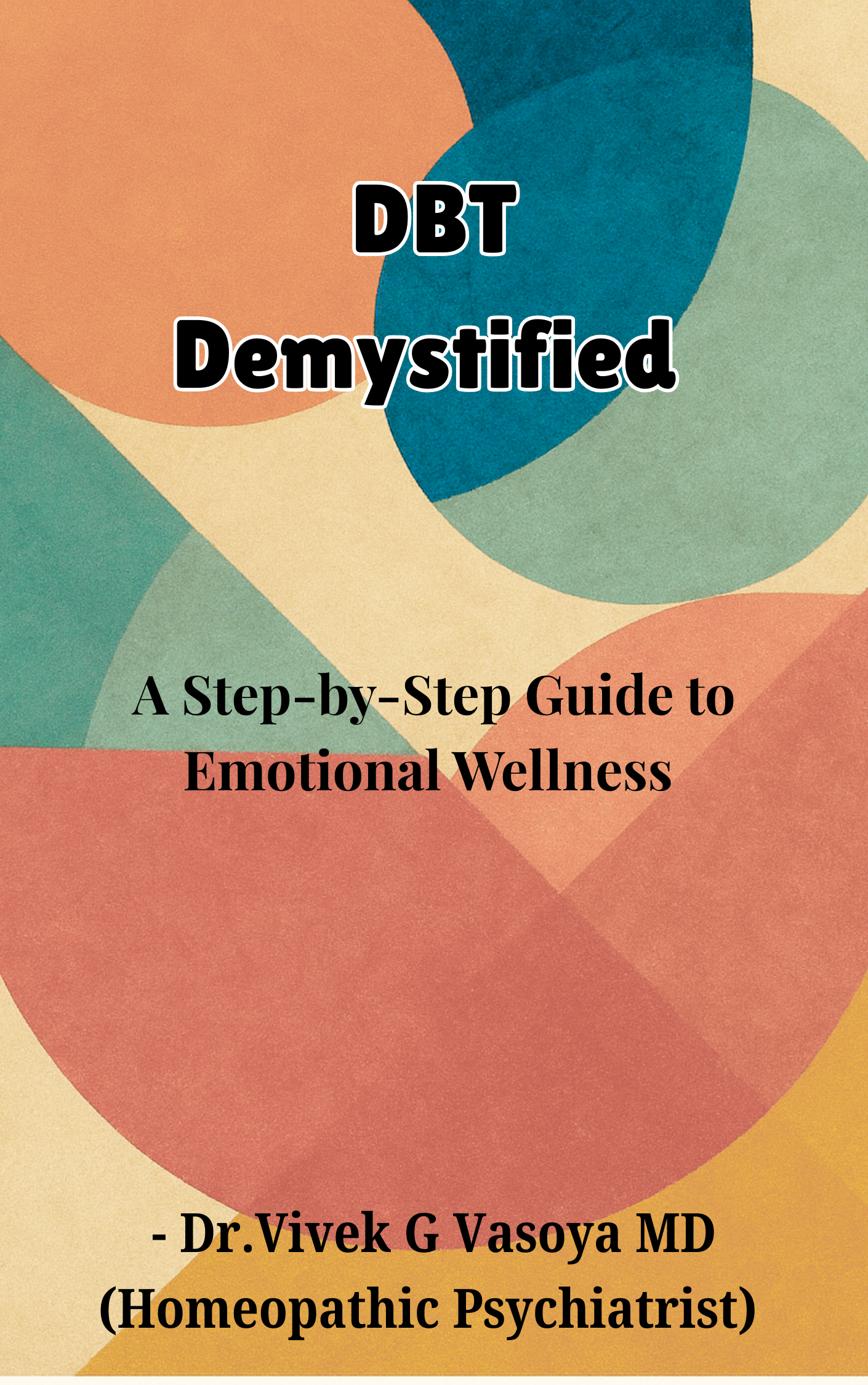
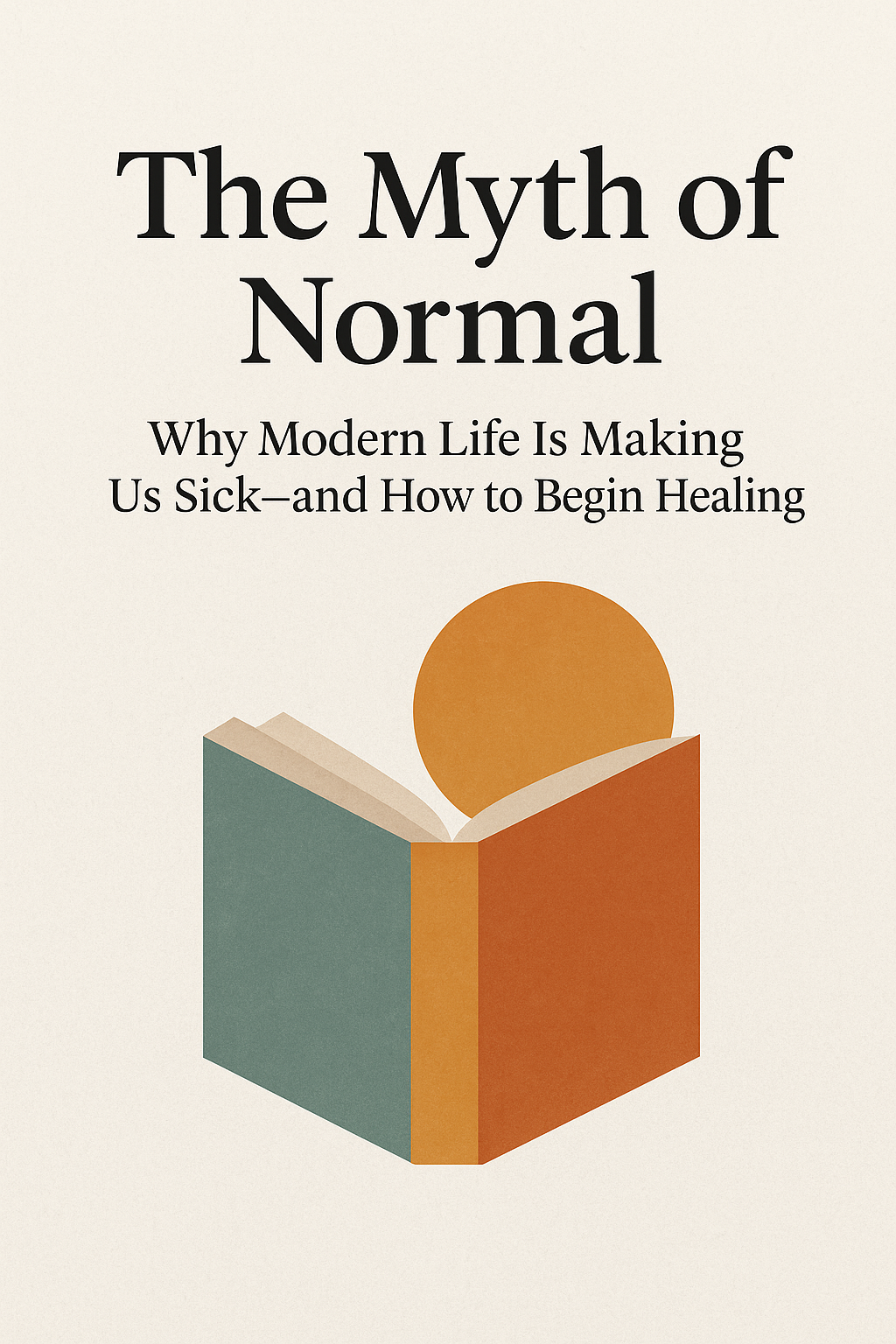
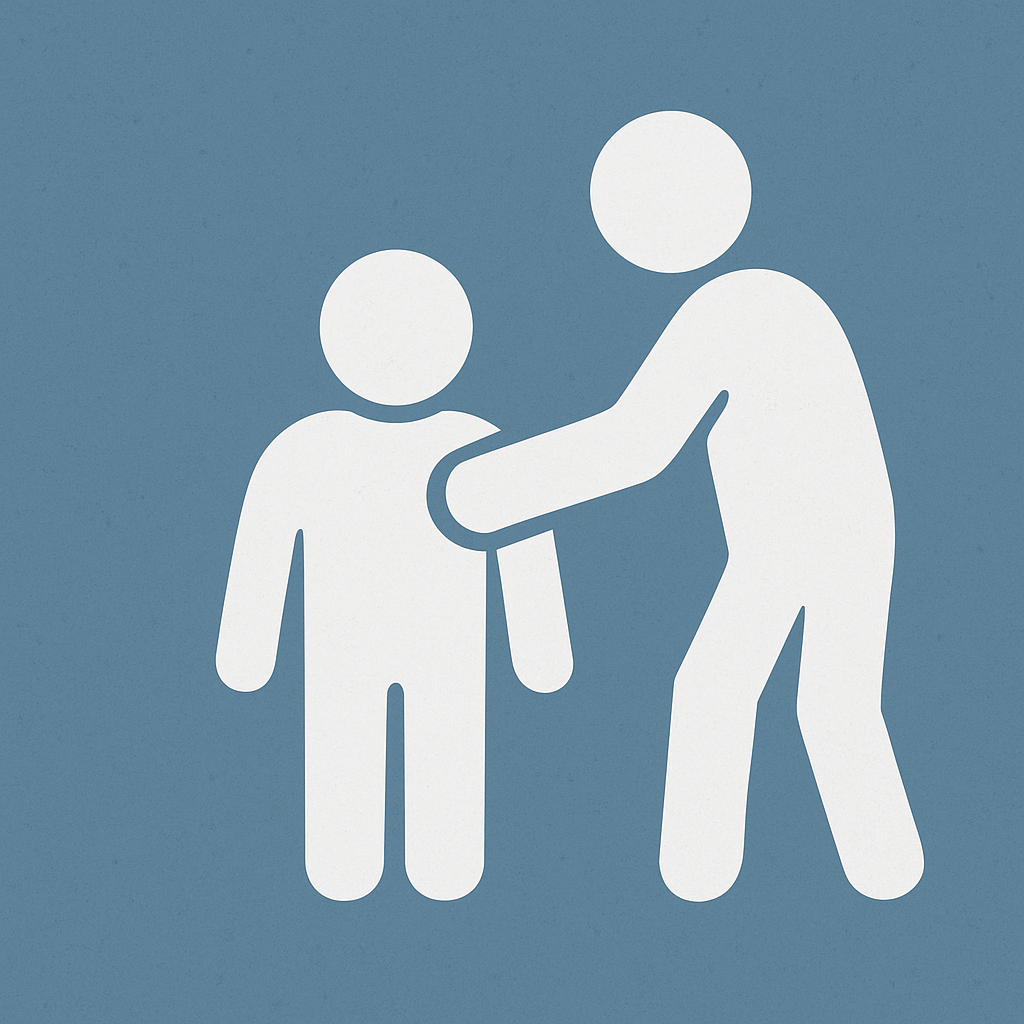
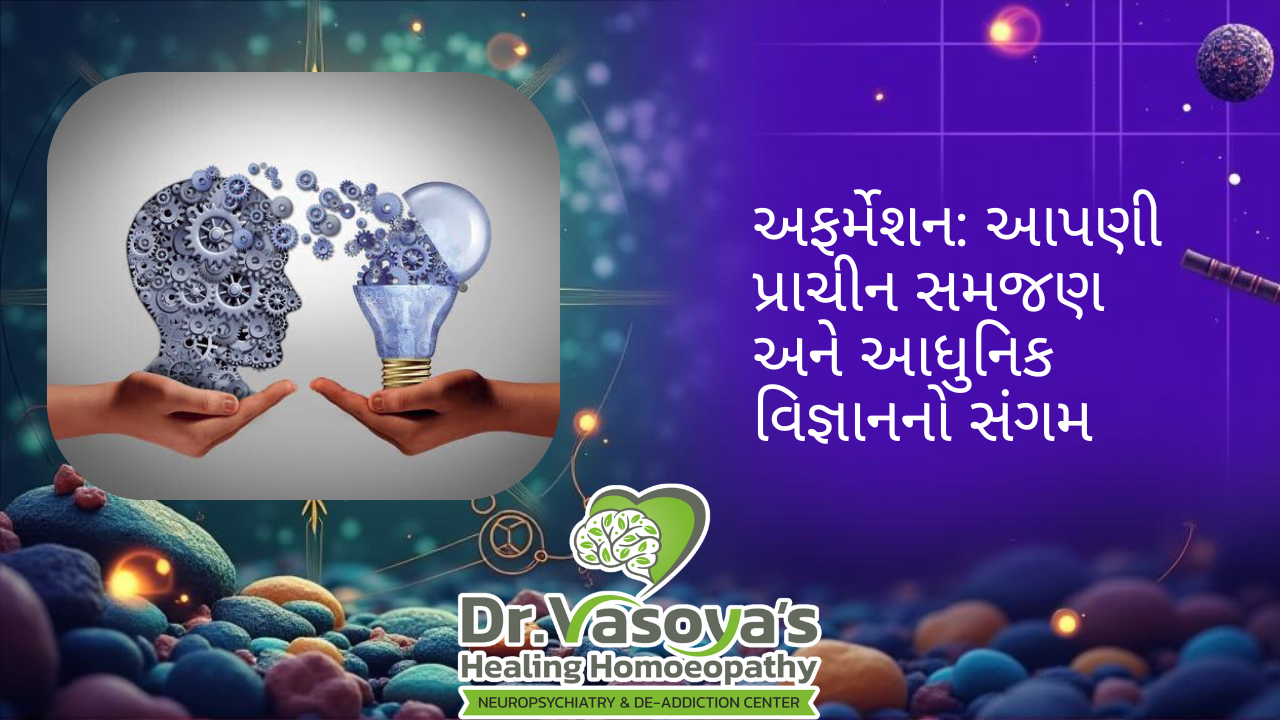
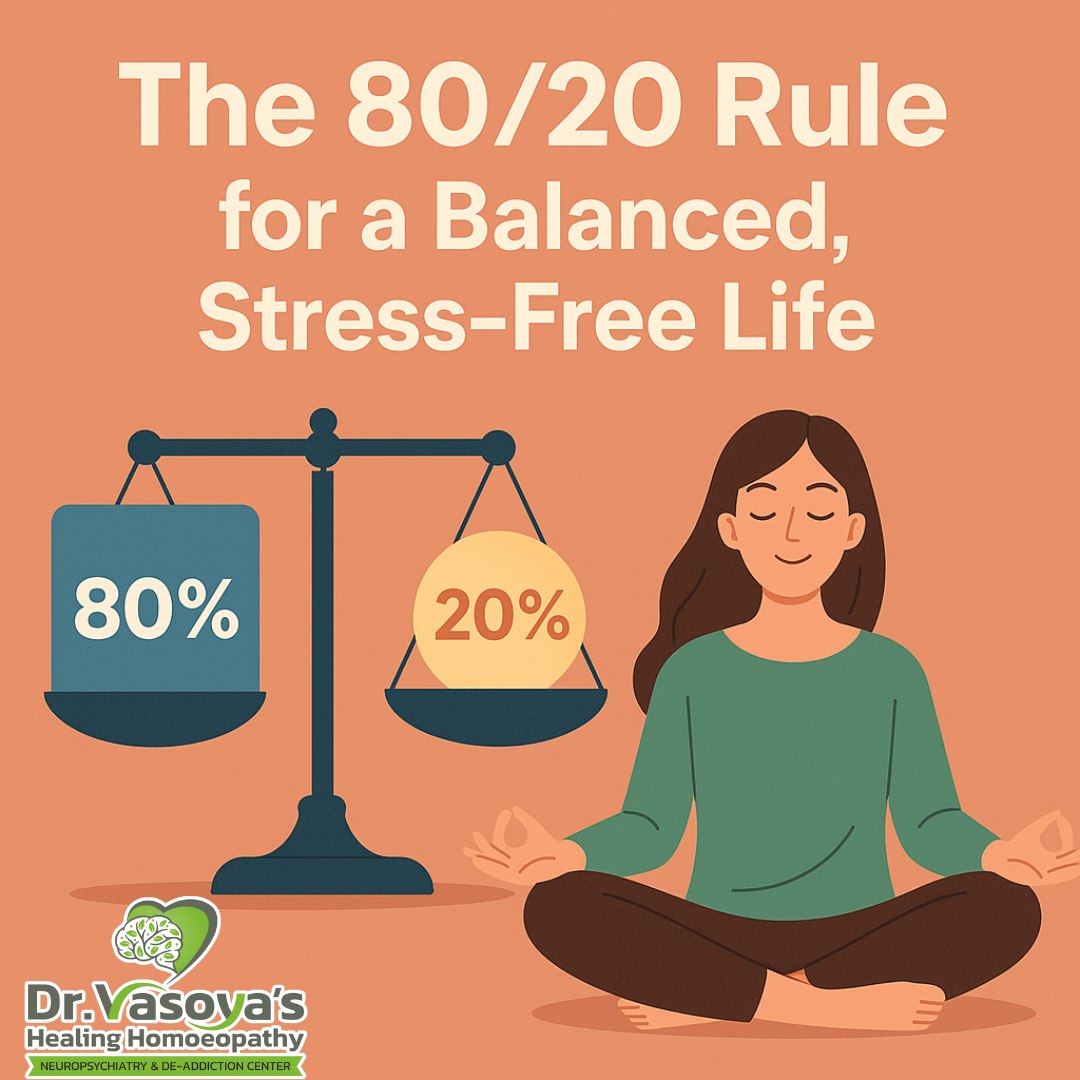
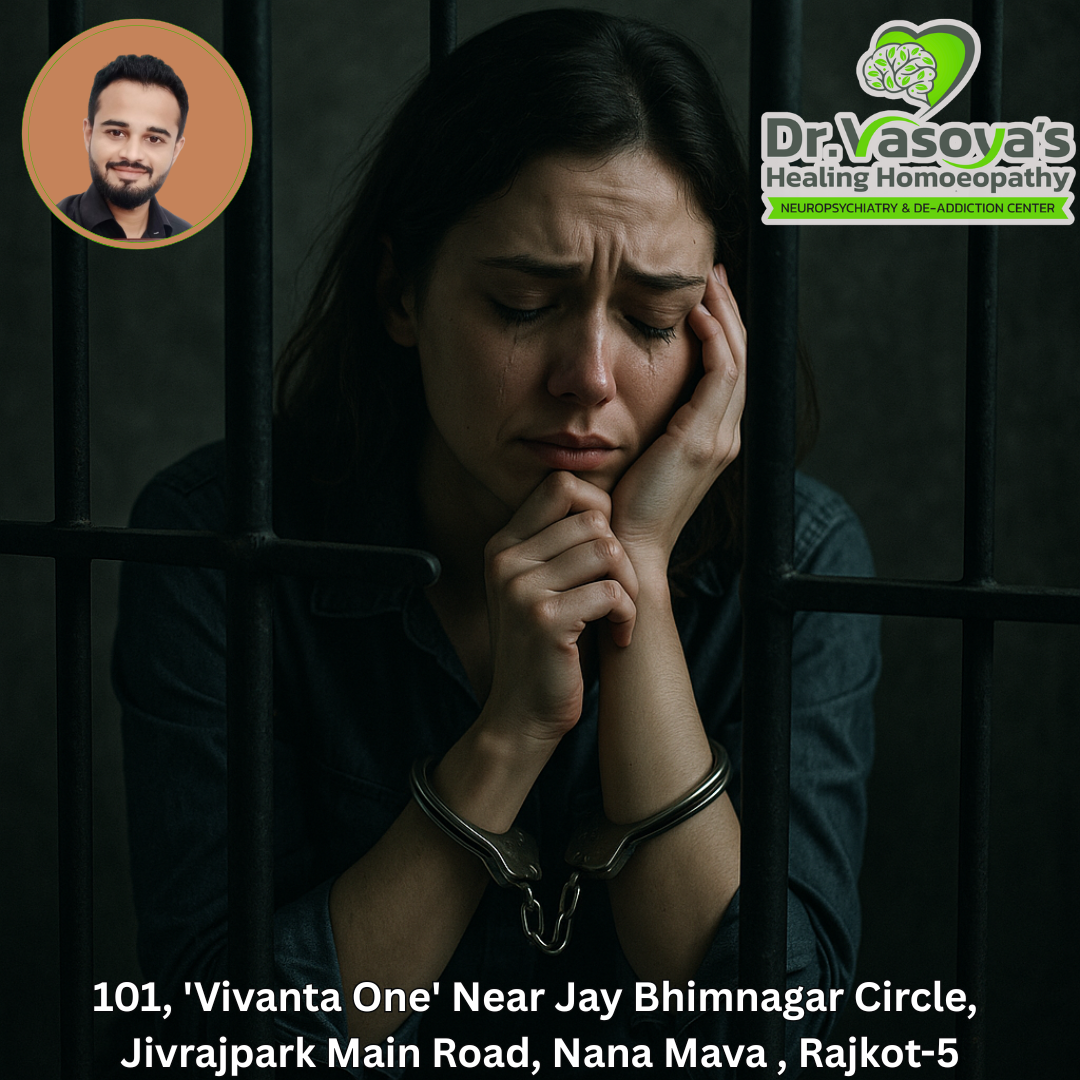







Write a comment ...